Background: I am trying to reverse engineer a small endoscopic camera for a class project. The camera is connected to its own screen, and I do not have the specs for either. Thus far I have learned that the signal that it provides is a composite video signal (because the circuit board for the screen has a TI chip capable of decoding PAL/NTSC/SECAM signals), but I do not know which of the 3 types of composite signals it is.
Problem: I am trying to bypass the screen and attach the camera to my own hardware. However, when I do this the image is black-and-white with rainbow overlay:
The screen that comes with the camera provides the correct color image. I am using a composite to USB dongle I bought on Amazon. I tested the dongle on other composite signals and it works just fine. But when I connect it to this camera it shows the rainbow artifacts you saw above.
The camera provides nice colored picture when used with its own screen.
The colorburst frequency is the one for NTSC.
Here is a trace:
What could be the reason for the rainbow artifacts? Any ideas how to get the video signal from the camera without relying on the screen it comes with?




